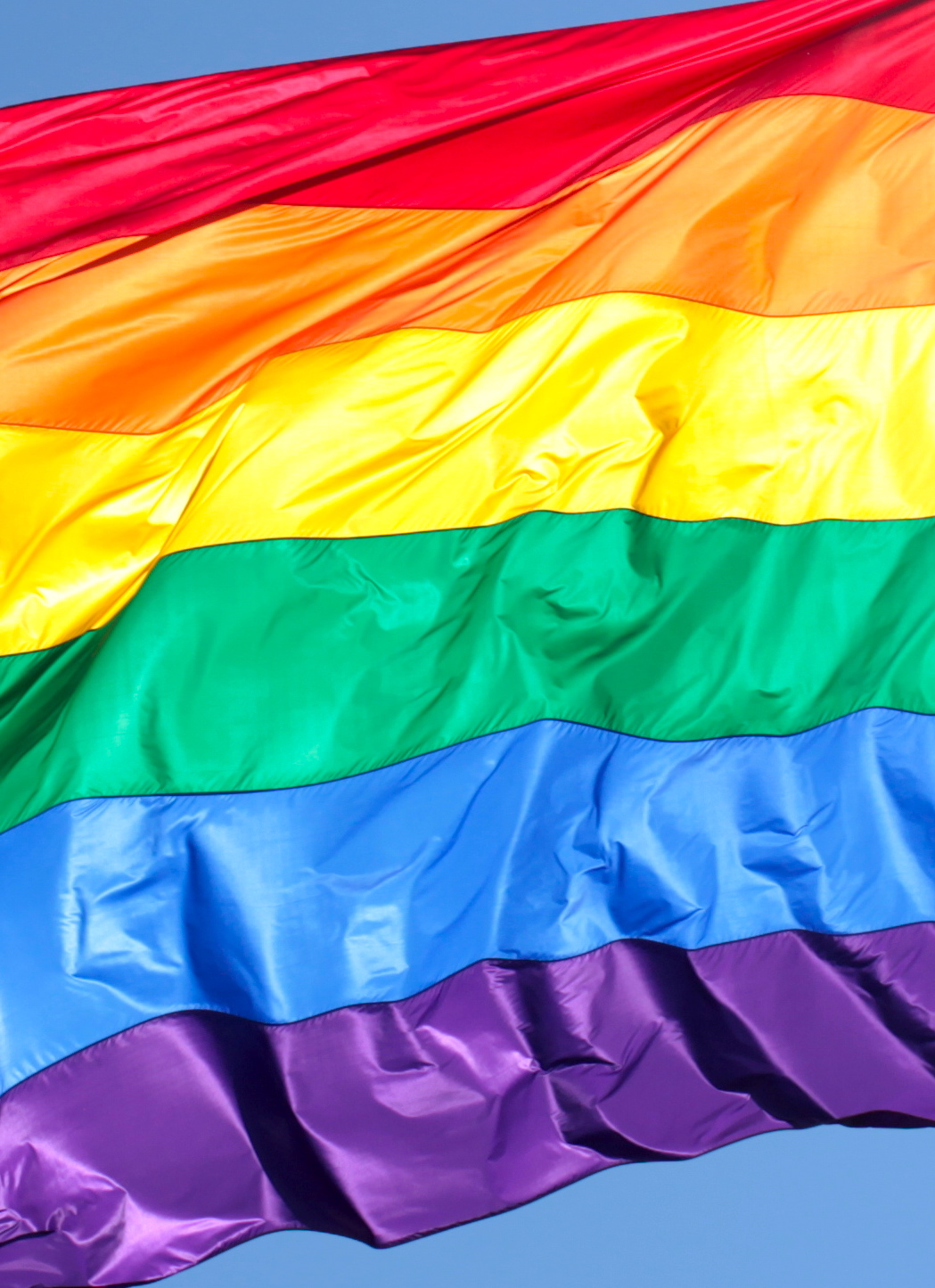Since the concept of clinical medicine has existed, so too has the concept that health education, outreach and research are important in the quest to provide communities and individuals with comprehensive health care and support. Despite mostly altruistic intentions amongst modern public health professionals, researchers and clinicians, there are many populations in our society that have not historically received complete recognition as a group that requires a greater level of understanding from a health care perspective.
Research suggests that members of the lesbian, gay, bisexual, transgender and/or questioning (LGBTQ) population experience higher levels of daily stigmatization and discrimination within the communities in which they live. Despite recent improvements to legal rights and general social attitudes, such as the Supreme Court decision to legalize gay marriage, members of this community continue to encounter barriers that impact their daily interactions with their neighbors and colleagues and subsequently negatively impact their health and quality of life — according to a study by Jackson et al, lesbians have a 20 percent higher prevalence of obesity and a 96 percent higher prevalence of stroke compared to heterosexual women. As a result, individuals living in areas with high anti-gay prejudice experience a slew of adverse health outcomes including: a shorter life expectancy of approximately 12 years, suicide, homicide, violence and cardiovascular disease. Due to this immense discrepancy in health outcomes as a result of stigmatization and discrimination, further research and consideration is needed in order to advance knowledge and understanding of how to better serve and treat this population.
On October 6, 2016, the National Institute of Health (NIH) confirmed that a new health disparity population has been designated for research purposes. Eliseo J. Perez-Stable, MD, the director of the National Institute on Minority Health and Health Disparities, released a message stating that sexual and gender minorities (SGM) will be classified as a minority population, which suggests health disparities exist within this population. In an attempt to “advance” the health of all Americans, the NIH recognizes the gaps in the research regarding the health disparities in this population. Supposedly, this designation has been in the works since the initiation of the Obama administration. Now that it has been made official, it is thought that the research in this area will be taken more “seriously” and greater coordination of resources will result.
According to Kellan Baker, a senior fellow of the LGBT Research and Communications Project at the Center for American Progress, “systemic devaluation of minority communities, specifically communities of color, has directly led to queer people of color getting sicker.” This statement comments on the notion that individuals do not necessarily belong to one minority group within their communities, and as a result of multiple discriminations, encounter even greater stress and stigma. In light of the multiple minority groups that one person can fall into, there is a need to further investigate these diverse communities. While it has been recognized that stigma, in general, negatively impacts health, there has been less research on direct health outcomes as a result of structural forms of stigma specifically related to sexual and gender minorities.
A comprehensive article published in Social Science Medicine defined “high structural stigma communities” as one that has discriminatory attitudes against members of the LGBTQ population. It was also suggested that individuals living in high structural stigma communities die sooner, commit suicide more often, have high rates of cancer and HIV/AIDS and partake in high-risk behaviors more often. It was this article, among others, that has led to the push by the NIH to designate sexual and gender minorities as a population that faces health disparities. Although definitions such as “high structural stigma communities” have been created and health outcomes due to stigma have been investigated, the NIH’s recent announcement calls on the research community to coordinate and delve into these topics further.
In addition to the NIH recognition of the LGBTQ community as a health disparity population, Healthy People 2020 has also outlined a comprehensive set of objectives that need to be addressed to improve this group’s health, safety and well-being. These objectives include a call to understand the history of oppression faced by these populations in an effort to understand where many of their health concerns have originated. For example, the recognition that bars and clubs were for many years a safe haven and as a result have expounded the rates of alcoholism and substance abuse. Additionally, Health People 2020 calls for current clinicians to gain cultural competency in this arena and calls for medical students to have formal education on how to address the needs of these communities. As future clinicians, public health professionals and leaders in the health care arena, it is important that our generation of physicians acknowledge the complexity in treating all minority groups. Like the generations of physicians before us, we will face unique challenges as our patient populations continue to diversify and expand in their ways of identifying. It is important that the health care system allow for care to be more accessible to members of the LGBTQ population, and for that care to comprehensive, judgement-free, and address the unique health care issues that patients may be encountering.
Image source: Pride is for Everyone by torbakhopper licensed under CC BY 2.0.

